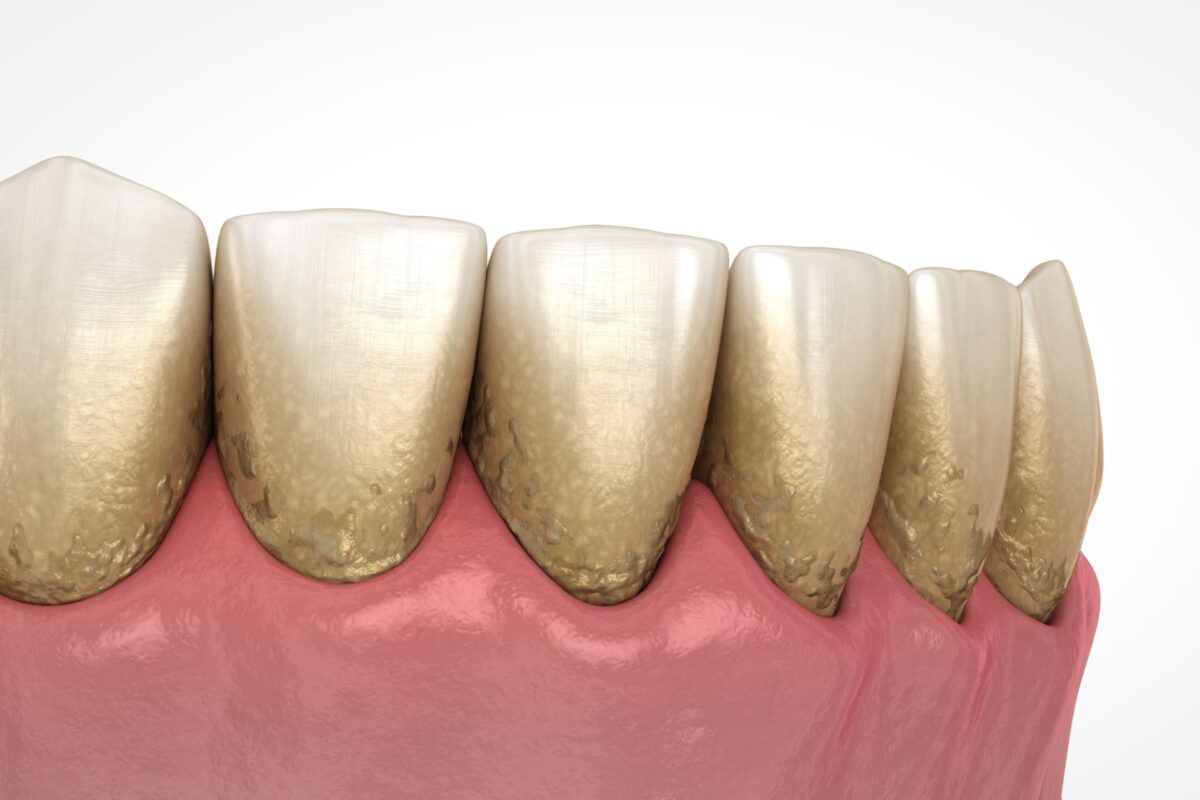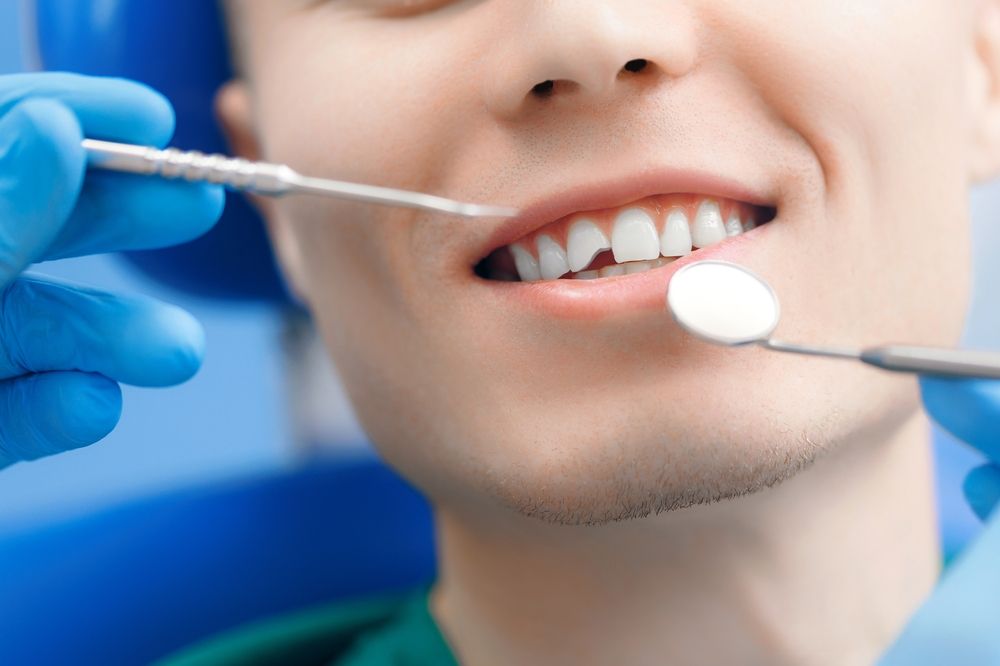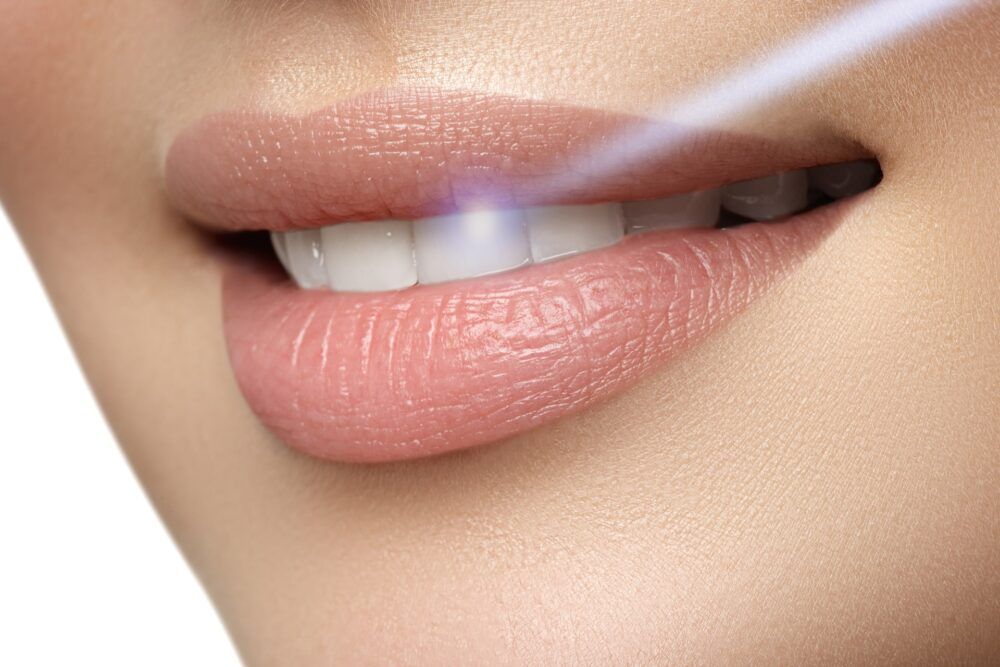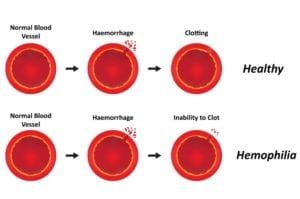The number one cause of tooth loss is not decay or trauma – it’s periodontal disease. Periodontal disease, or gum disease, is an infection of the gum line that causes inflammation and bleeding. Left untreated, it can also cause the gums to recede and begin to pull away from the teeth. Arestin is a solution to periodontal disease. When used in tandem with a root scaling and planing, Arestin can help halt moderate to severe gum disease in its tracks. It is a topical antibiotic placed deep into the gum pockets, where it works to kill the bacteria responsible for gingivitis and periodontitis. The medication is administered by a dentist, and its time-release formulation continues to kill bacteria for several days after application.
According to the American Academy of Periodontology…
about 50 percent of all American adults over age 30 have some degree of gum disease though men suffer from the condition more than women. Signs and symptoms of the disease may be as minor as bad breath and red gums, or they could be as serious as loosened teeth and pockets along the base of the teeth. Even if you have no obvious symptoms of gum disease, it is recommended that every American – including patients – undergo an annual exam for periodontal disease and gingivitis.
Frequently Asked Questions
Do I need Arestin treatment?
You may need Arestin if you are diagnosed with moderate to severe periodontal disease. If you suspect that you could be suffering from gum disease, see your dentist immediately for an examination and consultation.
What should I expect from Arestin?
Arestin is highly effective for destroying the bacteria that causes gum disease. However, it is possible that you will require additional treatments.
Are there any steps I need to take after being treated with Arestin?
In the initial week to 10 days following Arestin treatment, you will need to avoid consuming hard, crunchy, and sticky foods such as candy and gum. You should also temporarily eliminate flossing from your dental routine. At the end of the treatment period, you may resume flossing and are encouraged to stop smoking (if applicable), as this can increase your risk of developing periodontal disease again in the future. So long as you adhere to a careful and hygienic dental routine, you should be able to prevent future incidences of gum disease.











































































































































































































































































































